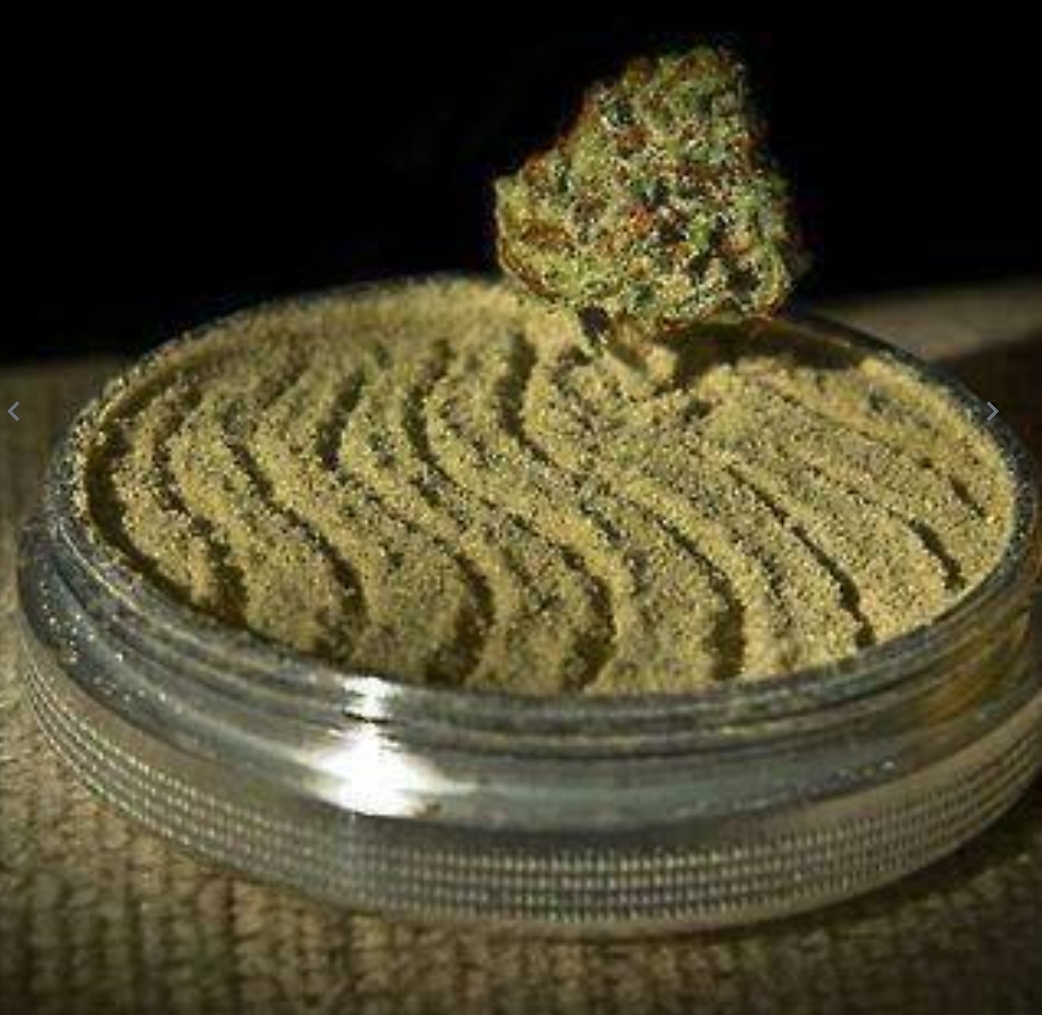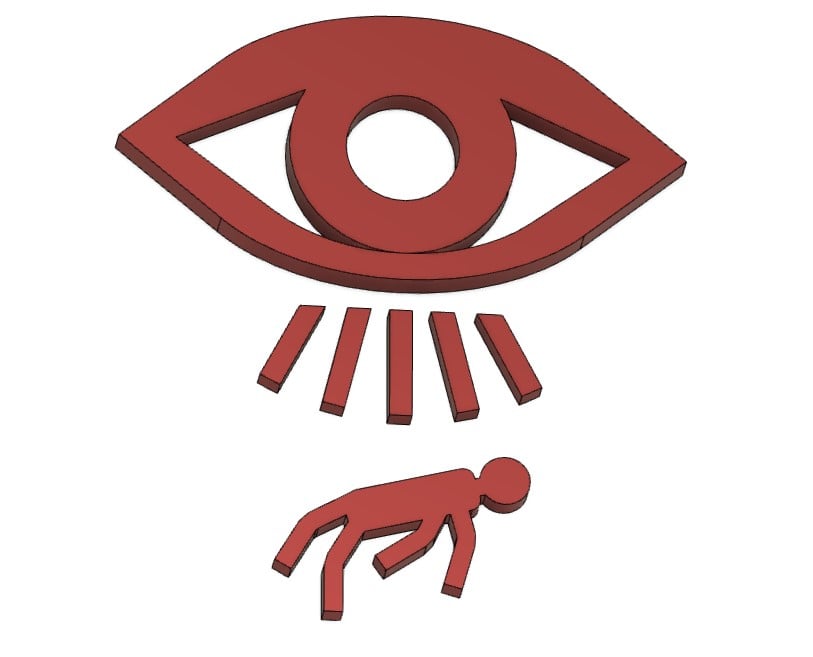- Weather predictions are not 100% accurate.
- The place making the predictions may be using different instrumentation or be in a different location than the instrumentation used to give you real time info. This is also why what the app says it is and what a thermometer right in front of you says can also be different.
It’s 13 now, it will be 29 later today, and down to 16 overnight
Thermometer reading vs perceived temperature? Factoring in wind-chill, humidity, etc with “Realfeel” or some other estimate.
It’s right in your title:
predicted low
Predictions are not guaranteed to occur, thats why they call it a prediction and not a prophecy.
true but shouldn’t the low be updated with current observations?
Not when it’s early morning. The temperature is on the rise from the previous night. The prediction you’re seeing is for the coming night.
I know it doesn’t really answer your question, but that UI is so confusing. What does “13°F Today 29°F/16°F” mean? We can assume that it means it’s 13°F right now, and today was predicted to be a high of 29° and a low of 16°, but there isn’t really enough information to know for sure without additional context. The 29°F/16°F could be the predicted highs for the morning/evening instead. 13°F could also be the predicted temperature for today and 29°F/16°F could be tomorrow’s predicted temperature. There’s just not enough info to know what the numbers are saying.
Out of context you’re right, but most of the time when you open a weather app you’ll get a more detailed view where you can see, in this example, that 29 is the high and 16 is the low for the day with 13 being the current temperature. Once you look at that one time you would know what these numbers are in this shortened view.
This depends on the implementation of whatever you are looking at. The weather app I use does integrate actual measurements in the forecast for today.
Aren’t the highs / lows what were forecast and the current temperature based on actual measurements from weather stations?
I guess they don’t update the high/low to match observed readings.
It’s a prediction. Predictions aren’t always 100% accurate.
But they know that the prediction is wrong. So why not update it?
a) Forecasts are very resource-intensive, they are performed on a specific schedule using a computational forecast model. Updating the predictions would require inputting new data and running the model again, and by the time they do that, the next forecast will already be out.
b) Do they know it’s wrong? Where did you get the temperature? From an official weather station? If not, there is no reason to imagine that someone is noticing that this one particular model run was wrong in one particular spot across the whole country and trying to fix it in real time.
c) If you did get the current temperature from an official weather station, that IS your update for it. Real time data from official weather stations is always going to trump the forecast model. What would be the point of updating the forecast when the current measured data from the weather station is now available? That’s like driving down the highway and saying “I was predicting my speed would be close to 65mph, but due to the heavy traffic I’m seeing today, I’m going to re-estimate my speed to be 45mph” when you have a perfectly accurate speedometer right in front of you telling you exactly what speed you are going at all times. Forecasts are only useful for the future, and they can be wrong.
Science is a lie!








